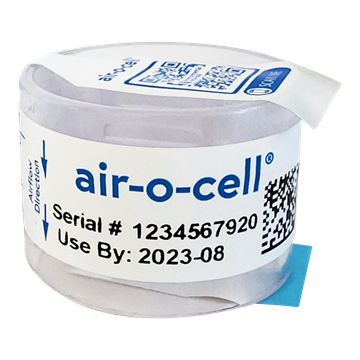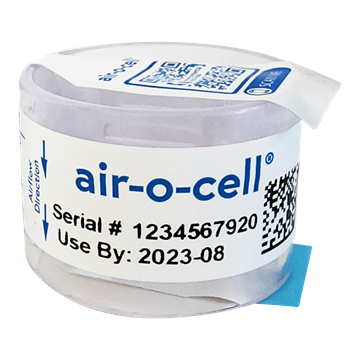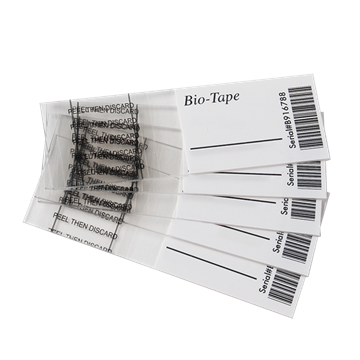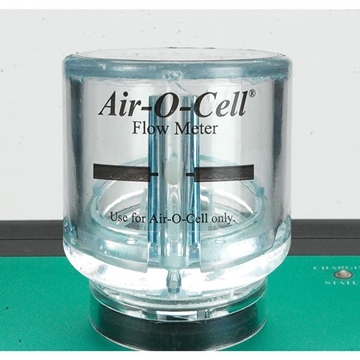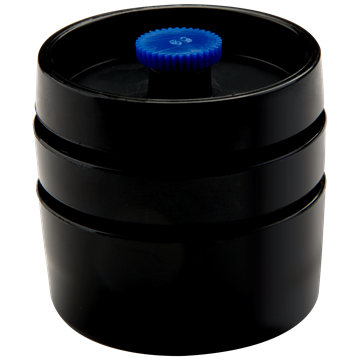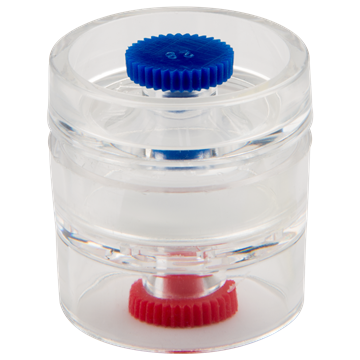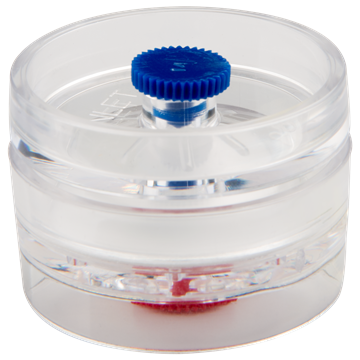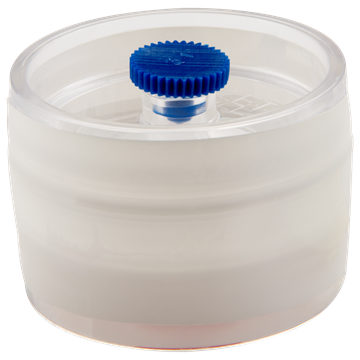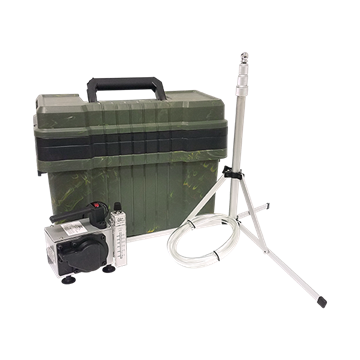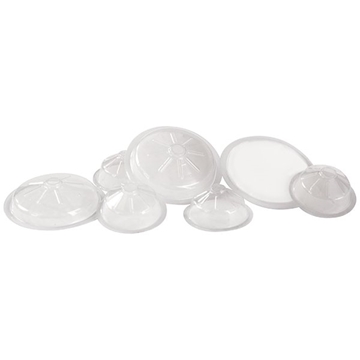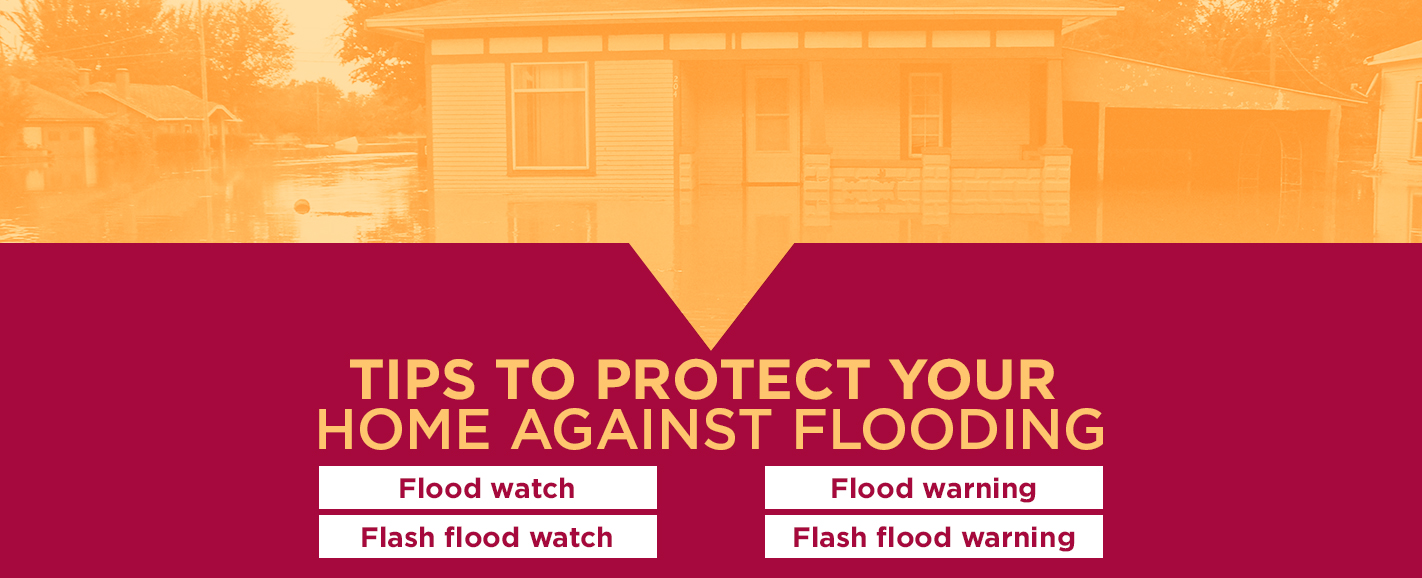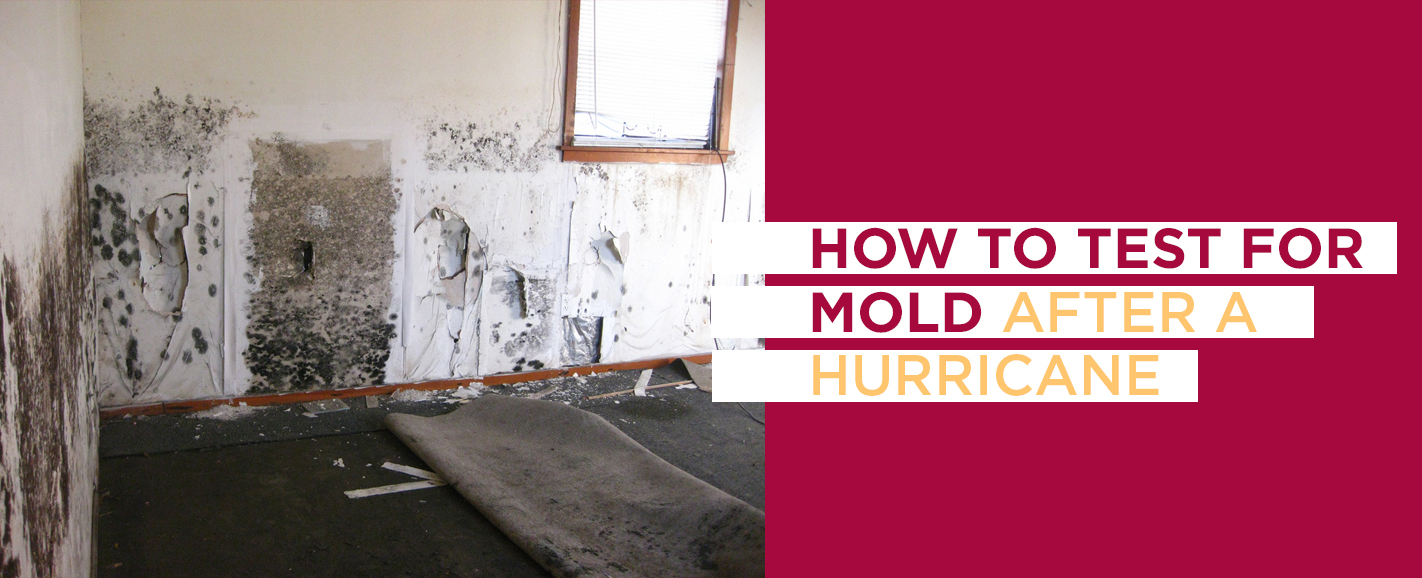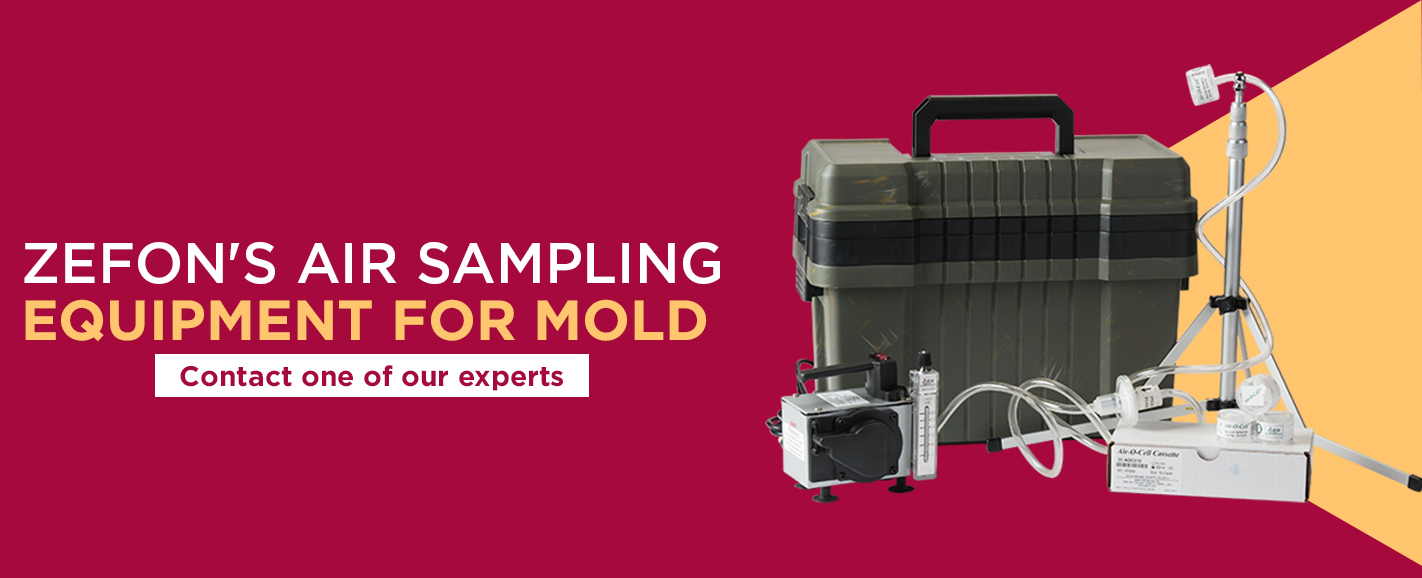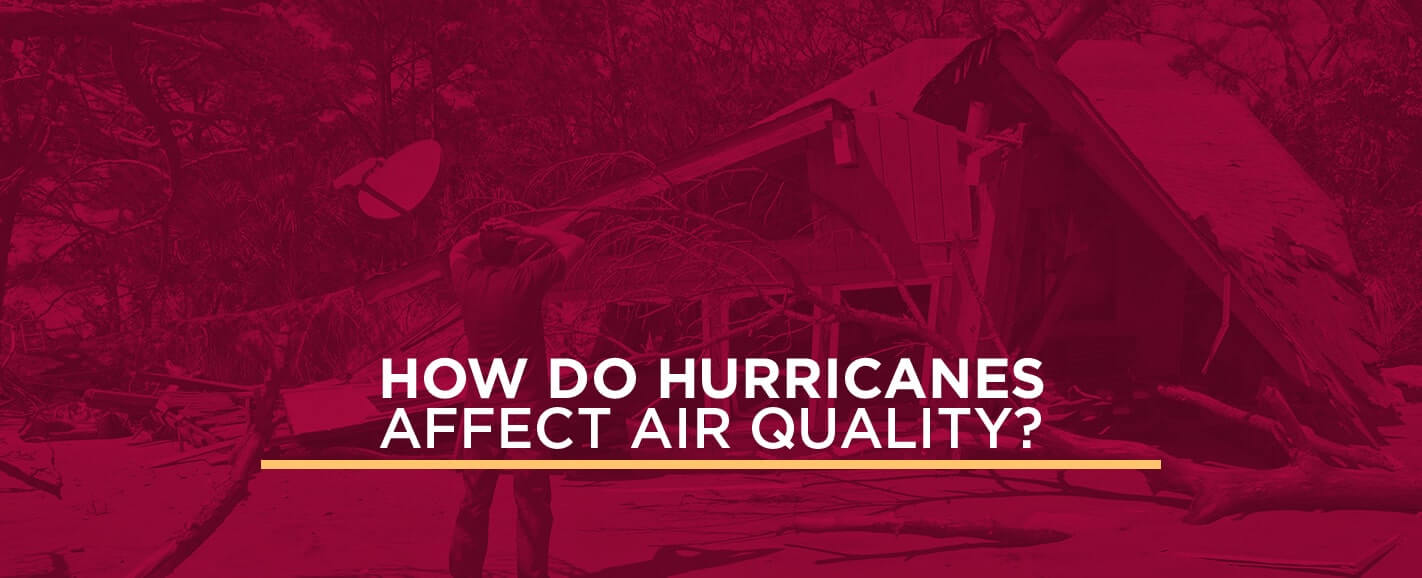
Hurricanes are not just brief events. They can create long-lasting effects after the storm has passed. When storm surges and floodwaters recede, soil can erode and the moisture left behind can cause mold, which can affect household air quality. Being aware of this problem is an excellent way to become proactive in testing for air quality issues and removing their sources. Hurricanes may be part of life on the coast, but they are problems you can recover from with the right tools.
Table of Contents
- What Are Hurricanes?
- How Do They Occur?
- Air Quality Effects From a Hurricane
- Tips to Protect Your Home Against Flooding
- How to Prepare for a Hurricane
- Post-Hurricane Hazards to Avoid
- Mold Damage From Hurricane Flooding
- How to Test for Mold After a Hurricane
Air Quality Effects From a Hurricane
Hurricanes have a dramatic effect on the environment. From changing shorelines to impacting the air, hurricanes can affect more than just manmade structures.
Storm surges and the barrage of waves against the shore cause erosion of coastlines. In 1992, Hurricane Andrew, a Category 5 storm, completely defoliated the northern Florida Keys. Later, when the storm struck Louisiana, it took 70% of the sand from the barrier islands. The sand removed from the barrier islands covered 80% of the oyster beds behind the islands.
How Do Hurricanes Affect the Atmosphere
These environmental changes devastated the local flora and fauna. In Florida, old-growth mangrove forests died from the damage, and in Louisiana, the loss of dunes along the shore took the homes of many animals in the area. Hurricanes also impact other aspects of our environment.
What Are Hurricanes?
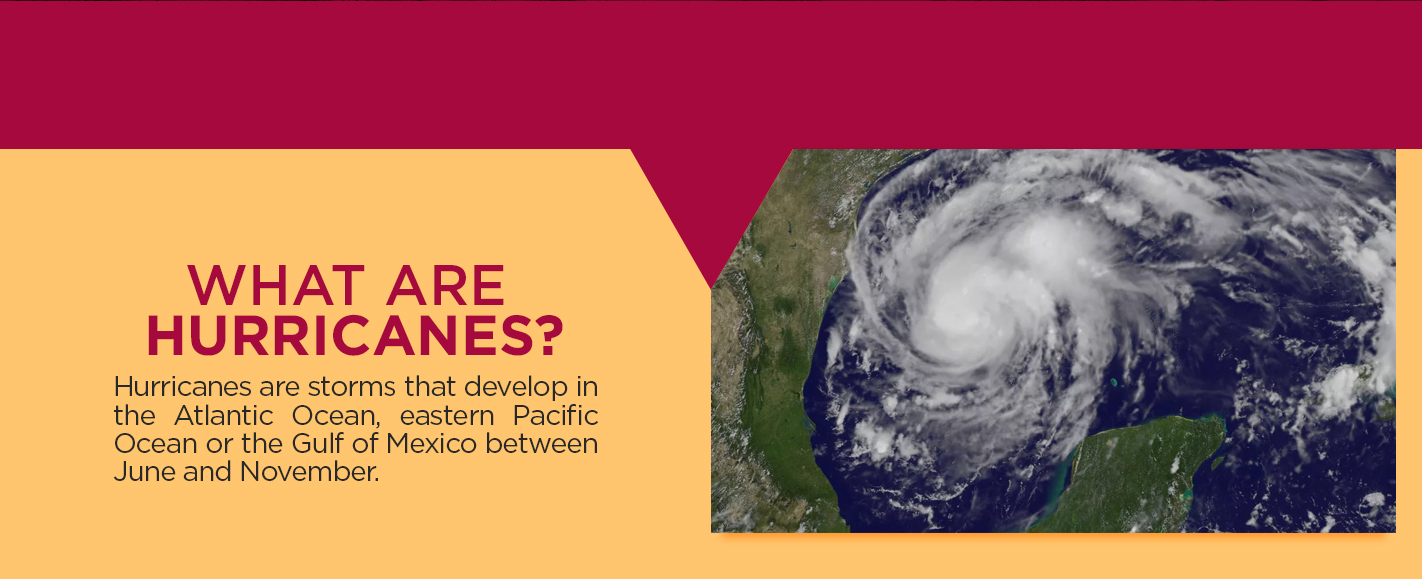
Hurricanes are storms that develop in the Atlantic Ocean, eastern Pacific Ocean or the Gulf of Mexico between June and November. Often, it takes weeks for these storms to grow and reach land, but sometimes, they can appear and strike within a few days. Because hurricanes can be unpredictable, no matter how skilled forecasters have become, experts recommend you remain vigilant and prepared for a storm throughout the hurricane season.
How Do They Occur?
Ocean water warms during the spring, summer and early fall. This causes hurricanes to form as the warm air above the water's surface begins to rise. The rising air then produces a reduction in pressure at the surface. Meteorologists refer to this as a low-pressure area. Due to the higher pressure, nearby air flows into a low-pressure zone. The rising warm air creates an updraft that pulls moisture from the warm water high up in the atmosphere.
The warm air releases its moisture as it cools during its rise. This moisture creates clouds over the low-pressure area. Once the air has given off its moisture and cooled, it spreads away from the central low-pressure area and sinks back down to the surface to restart the cycle.
Over time, the added moisture builds bigger and bigger clouds and the low-pressure area gets larger and stronger. The storm will begin to rotate, and a tropical storm forms once the winds inside measure at least 39 miles per hour. This level is the early stage of rotation a storm must reach before progressing onto hurricane status.
Hurricanes start out as tropical storms but continue to grow and spin. This process happens over warm ocean waters. During instances when the storm crosses land, it weakens as it loses its sources of power and energy. A storm transforms into a hurricane based on the storm's wind speeds.
There are different categories of severity for hurricanes. These are based on something called the Saffir-Simpson scale:
- Category 1: A Category 1 hurricane will have the lowest wind speeds for a hurricane — 74 to 95 miles per hour. These strong winds produce damage such as downed power lines and fallen tree branches. Most well-built homes will only suffer external damage, though.
- Category 2: With winds measuring from 96 to 110 miles per hour, Category 2 storms are dangerous enough to cause extensive damage. Widespread power loss, uprooted trees and significant roof damage to homes are likely to occur.
- Category 3: Category 3 is the first of the major storm types. These hurricanes have sustained winds measuring from 111 to 129 miles per hour. Damages likely will include numerous road blockages from uprooted trees and water and power outages lasting for weeks.
- Category 4: The winds in a Category 4 storm measure between 130 and 156 miles per hour. These storms create catastrophic losses. Homes often lose roofs and walls and power outages can last months. Some places may become uninhabitable for weeks after the storm.
- Category 5: Currently, the highest hurricane classification is Category 5, which is a storm with winds greater than 157 miles per hour. Hurricanes of this category cause widespread home destruction, and downed trees can isolate areas from emergency crews. For major storms, evacuating the region could save your life.
While the Saffir-Simpson scale indicates predicted damages from storms of specific categories, some more recent hurricanes have proven to be more damaging than predicted. For instance, Hurricane Harvey, while downgraded to a Category 3 storm after its initial landfall, caused devastating, widespread flooding throughout southeast Texas. The storm category could not prepare residents for the rain and flooding that followed.
Because wind speed is not the only factor influencing the amount of damage a storm may cause, some argue for adding more categories or using other parameters to make the current scale more accurate.
Windspeeds cannot predict flooding risks and storm surges may venture outside predicted levels. Hurricane Katrina, for instance, met the shoreline of Florida as a Category 1 storm, but its storm surge was classified as a Category 5.
While the Saffir-Simpson scale is not going away, it's critical for those living in hurricane-prone areas to look at all factors of the storm during preparations.
How Do Hurricanes Affect the Atmosphere?
Floodwaters from hurricanes are problematic in their ability to trigger air pollution from damage to refineries and other industrial complexes. After Hurricane Harvey, refineries and petrochemical plants in the area released 8.3 million pounds of pollution into the atmosphere. Just days after the storm, pollutants contributed to three days in a row with high ozone levels, including the worst day in the state for smog levels, September 1, 2017.
Pollution is not just a problem for Texas. After a hurricane, air pollution is a major problem everywhere the storm hit down. Mold can easily develop in a flooded home, creating indoor air pollution, as well. For people living in hurricane-prone areas, it is necessary to prepare for the negative effects of a storm, especially for air pollution in your region.
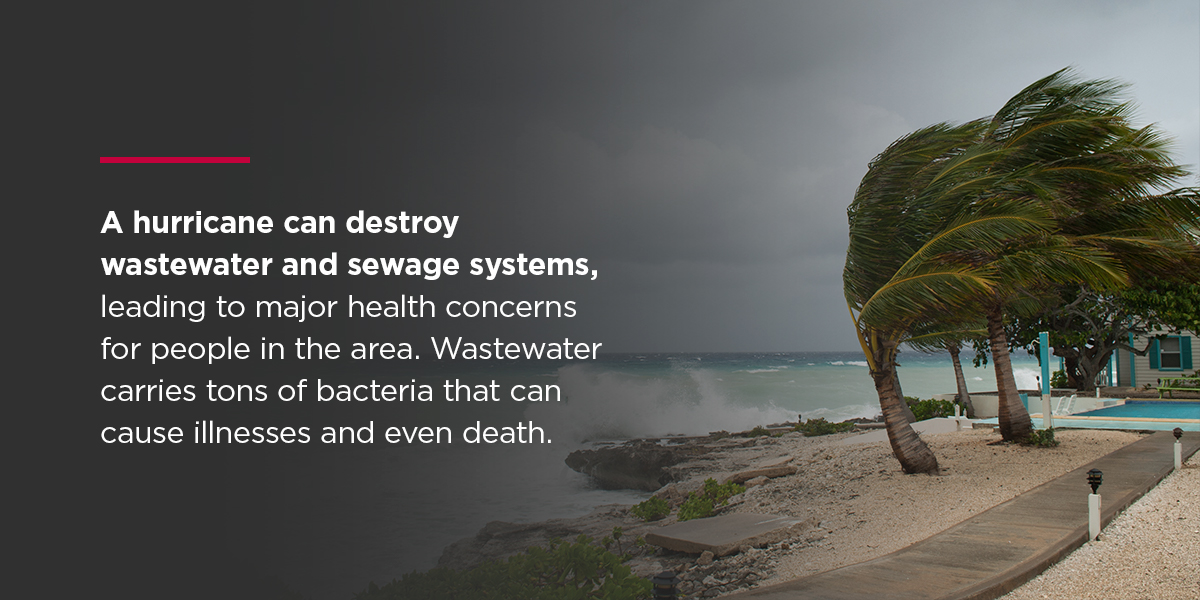
How Do Hurricanes Impact Water Quality?
Hurricanes do more than cause structural damage and trigger air pollution. They can transform landscapes and ecosystems that lead to years of damaging effects. So, how do hurricanes affect the environment and water quality?
After a hurricane, water sources can become contaminated. Pesticides and fertilizers from land wash into waterways, and these chemicals influence the growth and development of toxic algae blooms. Both these factors can kill fish and other aquatic life. Plus, these algae blooms require expensive filtration at water treatment facilities to make the water drinkable again.
Hurricanes can also wreak havoc on sea life. The higher and more powerful waves churn the water and disturb habitats with unusual salt levels. These currents can reach as far as 91.5 meters under the water's surface, agitating marine life and sometimes killing it, as well.
In addition to harming sea life, excess water from hurricanes can mix with the drinking water supply. This is especially dangerous because it is now carrying hazardous water to surrounding waterways, creating a larger problem.
A hurricane can destroy wastewater and sewage systems, leading to major health concerns for people in the area. Wastewater carries tons of bacteria that can cause illnesses and even death.
How Do Hurricanes Affect the Soil Quality?
What happens to the soil after a hurricane can be detrimental to agriculture and wildlife. Hurricanes can lead to long-term losses of soil fertility. The salt content in the soil from ocean water decreases the amount of water plants can absorb, leading to problems with crop production and appearance.
Root systems can also become dislodged from the soil after strong winds and floodwaters pass through. This can weaken and even kill trees and other plants.
Chemical contaminants can settle in soil and hinder future agricultural and wildlife growth, as well. These contaminants may be hard to see or smell, so it is necessary to perform testing to ensure the soil is safe if you have serious concerns. Biological contaminants can enter the soil and wreak havoc, like:
- Viruses
- Bacteria
- Parasites
- Pathogens
- Sewage
- Dead animals
These can contaminate soil and cause serious, widespread illness. E. coli bacteria, for example, is a major concern after hurricane floodwater becomes contaminated with sewage. Too much floodwater can also rot vegetation, leaving it unfit for consumption and weak against diseases and insects.
Tips to Protect Your Home Against Flooding
Flooding from storm surges can happen in areas directly along the coast, but even if you live inland, you still have to ready your home for the chance of flooding from rising rivers or rainfall. It wasn't a storm surge, but the latter two causes created the devastation of Hurricane Harvey in 2017.
Sadly, many people don't have adequate flood insurance, though it is crucial for post-storm resilience. Across the United States, only about 30% of households in areas associated with high flooding risks have flood insurance.
Flood insurance is one way to protect your home and contents from flooding. It's not just the loss of materials when your home floods. You will need extensive work to mitigate mold growth and restore the home to a livable condition. A typical homeowner's insurance policy will not cover flooding, which is why a separate policy is so important.
Understanding the categories of flood warnings is vital for knowing what type of action to take. From watches to warnings, here are the kinds of events you may hear about on the news:
- Flood watch: A flood watch means flooding is predicted, but not guaranteed, for your area. Conduct last-minute preparations to get your home and possessions ready for a flood.
- Flood warning: The weather service announces flood warnings when flooding is imminent or actively occurring. If you need to evacuate, do so when the warning is announced, if you can.
- Flash flood watch: Flash flood watches give you notice of possibly dangerous flash flooding, which occurs when waters rise rapidly.
- Flash flood warning: Like a flood warning, a flash flood warning means your area already is experiencing a flash flood or is about to.
Catalog all your essential possessions by taking photographs. These pictures will document what you had before the flood, making filling out an insurance claim easier.
If you have the funds and live in a flood-prone area, consider raising your home above flood level. You could remain high and dry when the waters rise. Though it's a pricey option, this will save you from costly repairs in the future, especially if your home has flooded in the past.
If you have a basement, verify your sump pump is in working condition and install a water alarm to alert you if your basement begins to fill with water. Make sure all drains and gutters are cleared of debris. Blocked drains can worsen flooding by causing water to back up onto your property.
Tips for Evacuation During Floods
Should you have to evacuate, move all your possessions to the highest place possible in your home to protect them if your house floods. Ideally, you should move things to an upper story if possible, but at least get everything off the floor. Store valuables in waterproof containers in safe locations.
If you live in an area with an evacuation order, leave as soon as possible to avoid getting trapped in your home. Turn off the gas and electricity when you leave. Take any necessities with you, such as spare clothes, prescriptions and portable chargers for your phones.
Tips for Flood Emergencies
Before a flood emergency, whether from local storms or a hurricane, decide on a contact person and location for your family. Arrange to meet at the location or get word to the contact that you are safe. This arrangement will help you know your loved ones are safe even if the flooding prevents you from reaching each other. Move pets to a higher level of your home, or take them with you when you evacuate.
While you cannot move your home when flooding threatens, you can prevent damage to your valuables and protect your family.
How to Prepare for a Hurricane
Part of hurricane preparation includes preparing for the flooding that accompanies the storms, but you'll also need to ready your home for the wind damage. Board up your windows with plywood. Tape will not prevent the glass from breaking. Move any mobile objects you keep outside inside, including furnishings and trash cans. If you stay at home, have enough food, water, and prescriptions for everyone to last at least two weeks. After the storm passes, you will need to begin cleanup.
Post-Hurricane Hazards to Avoid
After the hurricane, the danger is not yet over. Fallen trees and downed power lines pose threats outside the home, but you also have a hazard inside if your home got water in it. Whether floodwaters rose into your house or if a hole in the roof admitted rainwater, you need to remove everything that got wet and throw it away. Then, you'll need to test the air for signs of mold growth.
Mold Damage From Hurricane Flooding
The effects of hurricane flooding on a home include water seeping inside and soaking the walls and carpets. Because these components of your house are not designed to dry quickly, they are prime breeding grounds for mold and mildew.
When removing wet materials from your home, you'll need to remember to pull out sheetrock at least 12 inches above the highest point that the water reached. Though higher parts of the sheetrock may not have gotten wet, they could still draw moisture up from lower on the wall and grow mold.
Even if your home did not flood, excessive moisture from nearby floodwaters could still have gotten into your home. To protect your family from mold growth, you'll need to test the air quality in your home as part of your post-hurricane cleanup.
How to Test for Mold After a Hurricane
Does hurricane flooding cause mold? In many cases, the answer is yes. However, because moisture from a hurricane can seep deeply into your home's interior, you may not immediately see the source of the mold. You can still test for mold's presence in your home, though, with an air sample test. One of the most convenient and tried methods of detecting mold is the use of a spore trap. A volume of air is drawn through the cassette and mold spores are captured on the collection media. A laboratory will analyze and count the numbers and different types of mold spores on the collection media. The samples of the indoor test should be compared to the results of an outdoor sample. The Zefon Air-O-Cell is considered the gold standard of spore traps.
To complete an air sampling test, you need a pump that has the ability to pull 15 liters of air per minute. Our Zefon Z-Lite is compatible both with spore traps and carpet sampling. The Zefon Bio-Pump is an Air-O-Cell specific pump that is portable, and battery operated. You will also need the sampling cassettes for use with a pump, like the Air-O-Cell cassette, which are the parts that collect the samples. You send the cassettes to the lab after you've collected the data. Some states and insurance companies require testing to be performed by certified professions.
Air Sampling Equipment for Mold Analysis
To help you assess the risk of mold damage from flooding, we have a wide range of equipment. You can choose from complete mold sampling kits. All kits come with a pump and cassettes, but the deluxe and ultimate also include slides and mold swabs for collecting physical samples of mold.
For information about how to remove the contamination once you've discovered you have mold, we have a book that guides you through the process. The Fungal Contamination book is exceptionally detailed. It's a textbook for many mold remediation courses. This is the expert's tool for restoring a home from mold problems.
These are just some of the air sampling products we have. Not only can you find disposable samplers to help with detecting mold after flooding, but you can also get cassettes and other equipment to test for metals, asbestos and more.
Zefon's Air Sampling Equipment for Mold
Let us lend you a hand in finding the best equipment for detecting mold after flooding. Even long after the hurricane season has ended, floods can still happen, and your home can still get water inside it. Air quality tests aren't just for the hurricane season. Use them all year long to monitor the quality of the air in your home.
Getting rid of mold makes your home a healthier place to live in while upholding the property's value. It's time to find and rid your home of mold contamination.
The first step to banishing mold is to identify the problem. At Zefon International, we are an industry leader in air sampling, and we offer all the equipment you need to test for mold and other impurities or air contaminants.
If you can't decide, check out our product line or sign up for our newsletter to learn more. We also appreciate the chance to assist you. Contact one of our experts to help you choose the right sampling gear for testing.
























